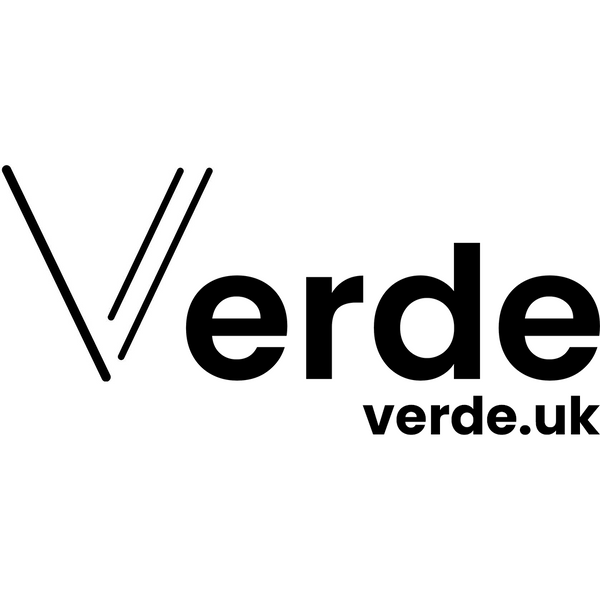Increasing and decreasing stitches in knitting and crochet are pivotal techniques for shaping fabric. These methods are integral in crafting various parts of garments, such as armholes in sweaters or the heel of a sock. In this article we will explain a little more about increases and decreases, highlighting the most widely used techniques in both crafts
Increasing
The art of increasing in knitting and crochet involves the addition of stitches to your project. This is often achieved by creating multiple stitches within a single existing stitch. Each method of increasing imparts a unique texture and appearance to the work, playing a crucial role in shaping garments. For instance, it's used to expand the sleeves of a sweater or to add a flare to a skirt. These techniques are also fundamental in creating three-dimensional items like amigurumi and baskets.
Knitting
- Knit Front and Back (KFB) or Purl front and back (PFB): This is a simple increase method where you knit into the front and back of the same stitch, effectively turning one stitch into two.
- Make One (M1L or M1R): This involves lifting the bar between two stitches from the previous row onto the left needle, then knitting into it to add a stitch. This can be right or left facing depending on the direction you lift the bar.
- Yarn Over (YO): This creates a hole in your work, often used in lace patterns, and adds a stitch.
Crochet
- Basic Crochet Increase: You simply make two crochet stitches into the same stitch, whether these are Double, Half Treble or Treble Crochets
- Invisible Increase: This is similar to the basic crochet increase but the first stitch of the pair is worked in the front loop. Particularly useful in more structural projects where a lot of increases are needed.
- Adding a chain in your work (without skipping stitches) will increase the stitch count and will add a decorative hole in the fabric, similar to the YO in knitting.
- Crocheting into or around a stitch on the row below and then also into the stitch is another way to increase, sometimes used in mosaic or brioche crochet.
Decreasing
Decreasing, on the other hand, is about reducing the stitch count, typically by merging multiple stitches into one. It's a key technique in tailoring garments, such as crafting the contours of a hat's crown or a vest's neckline, as well as in creating three-dimensional projects.
Knitting
- Knit Two Together (K2tog) or Purl Two Together (P2tog): This is the most common decrease, where you knit or purl two stitches together as if they were one.
- Slip Slip Knit (SSK) or Slip Slip Purl (SSP): This involves slipping two stitches one at a time, then knitting or purling them together through the back loops.
Crochet
- Crochet Decrease (e.g. dc2tog, tr2tog, etc): These decreases are performed by partially completing the respective stitches in two consecutive stitches, then finishing them off together as one.
- Invisible Decrease: Often used in amigurumi and other projects where you want a smooth, less noticeable decrease. This is done by inserting the hook through the front loops only of the next two stitches and then completing the stitch as normal.
- In certain stitch combinations, skipping a stitch is a suitable way to decrease. When used at the edge of your fabric this adds interest and shape.
Beyond Shaping: Aesthetic Value of Increases and Decreases
Increases and decreases aren't just for shaping, they're also strategically used to add decorative elements to projects. Lace and cable patterns, for instance, employ increases and decreases in tandem to form distinct shapes and openwork. Chevron designs are exclusively crafted by adding and subtracting stitches. Moreover, Brioche knitting uses paired increases and decreases to create its signature wavy patterns.
Mastering these increase and decrease techniques opens up a realm of more intricate and complex projects, significantly enhancing your knitting and crochet skills.
Happy Crafting 🧶

